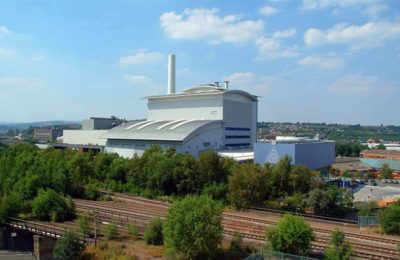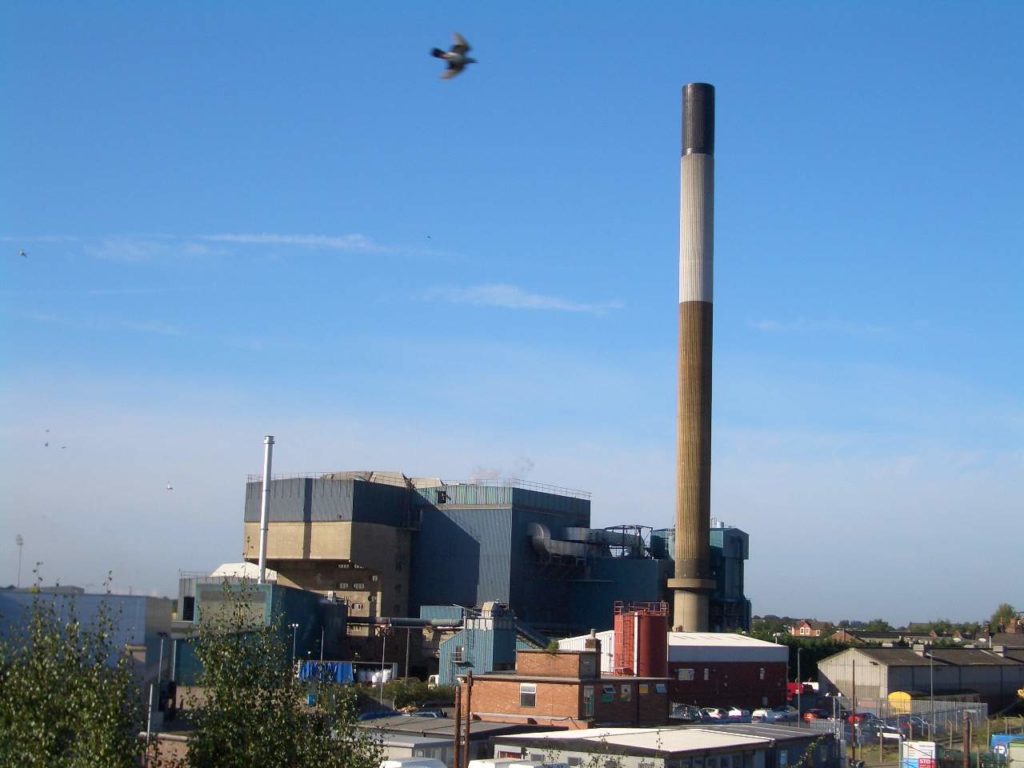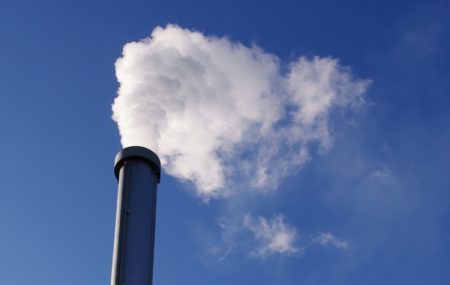The company pointed to a study carried out over a period of fourteen hours on 22 July 2021. This showed that Veolia’s facilities “delivered nearly 25% more energy than wind power, and at one point Veolia delivered 111 megawatts electrical (MWe), against the total wind generation of 58 MWe”. [Output power obtained as electricity is measured as MWe]

The success in generating electricity comes against a background of some criticism of the energy from waste process.
Most recently, the Climate Change Committee urged the government to address “rising emission”s from EfW plants (see letsrecycle.com story), calling on the government to develop a strategy to coordinate the development of interconnectors for offshore wind farms.
Capacity
Veolia says its combined generating capacity of 180MWe “already takes pressure off the stretched UK grid as a reliable and secure source of low carbon energy”.
The company added that as “the first operator in the UK” to achieve the R1 standard for all of its EfW plants, it’s facilities can process around 2.3 million tonnes of non-recyclable waste and transform this into electricity for over 400,000 homes.
“Each year these facilities reliably add to energy security by generating around 1.4 Terawatt-hour (TWh)of electricity through the treatment of non-recyclable waste, and have shown their “key role in safely tackling Covid-related wastes by treating the 15% increase in orange bagged clinical and infectious materials”.
“Energy recovery facilities are set to play an increasingly important role in keeping the lights on during days where wind generation is low”- Donald Macphail
Key

Donald Macphail, chief operating officer for treatment at Veolia, said: “Access to affordable, reliable, and sustainable energy is key to supporting communities and businesses, and is linked to fuel poverty and carbon emissions. To virtually eliminate wastes and produce secure energy in its place is a win-win situation, generating green electricity and heat, reducing landfill, and achieving greater sustainability.”
Mr Macphail continued: “As more baseload generators such as nuclear, coal, and CCGTs retire, energy recovery facilities are set to play an increasingly important role in keeping the lights on during winter evenings and during days where wind generation is low. Future development will increase this importance and we are already advancing trials of the latest carbon capture technology, and taking another step towards a zero-carbon future.”








Official stats show wind power generated 6,482 thousand tonnes of oil equivalent in 2020. Municipal Waste Combustion generated 1,677 ktoe. See: UK Energy in Brief 2021 at: https://www.gov.uk/government/statistics/uk-energy-in-brief-2021 Wind power will continue to grow.